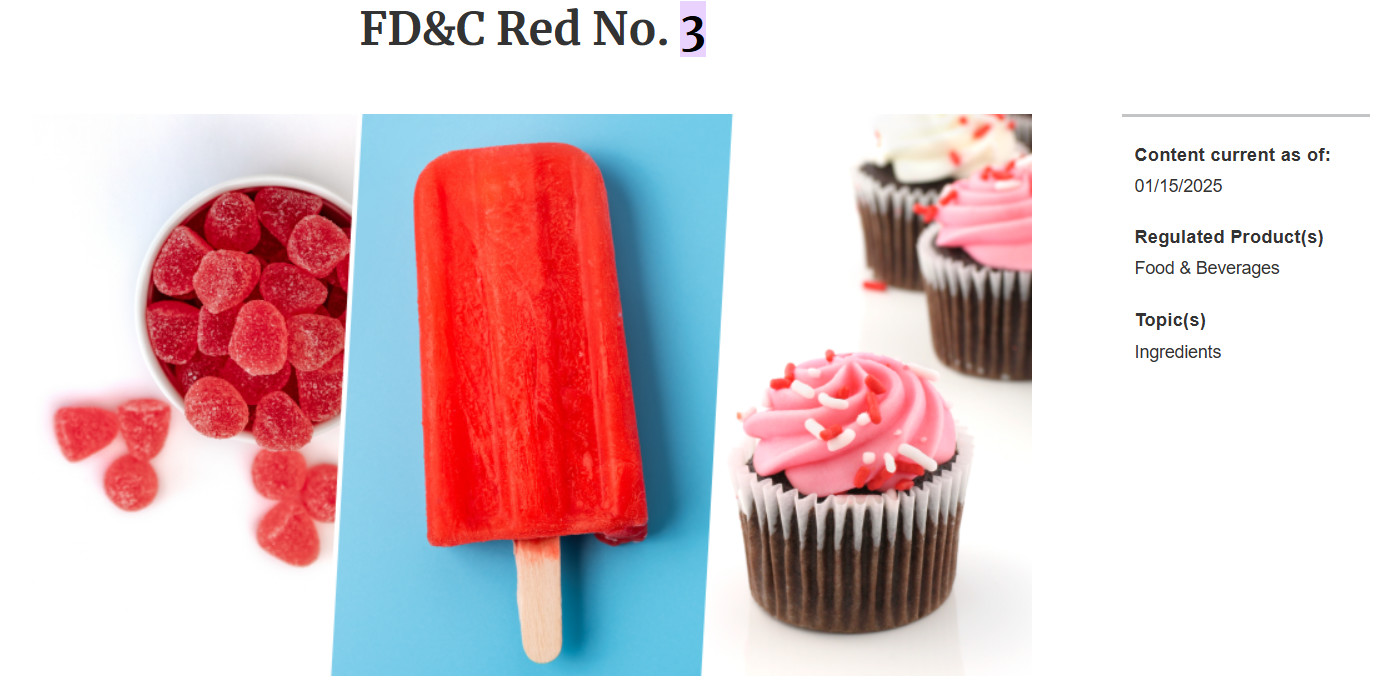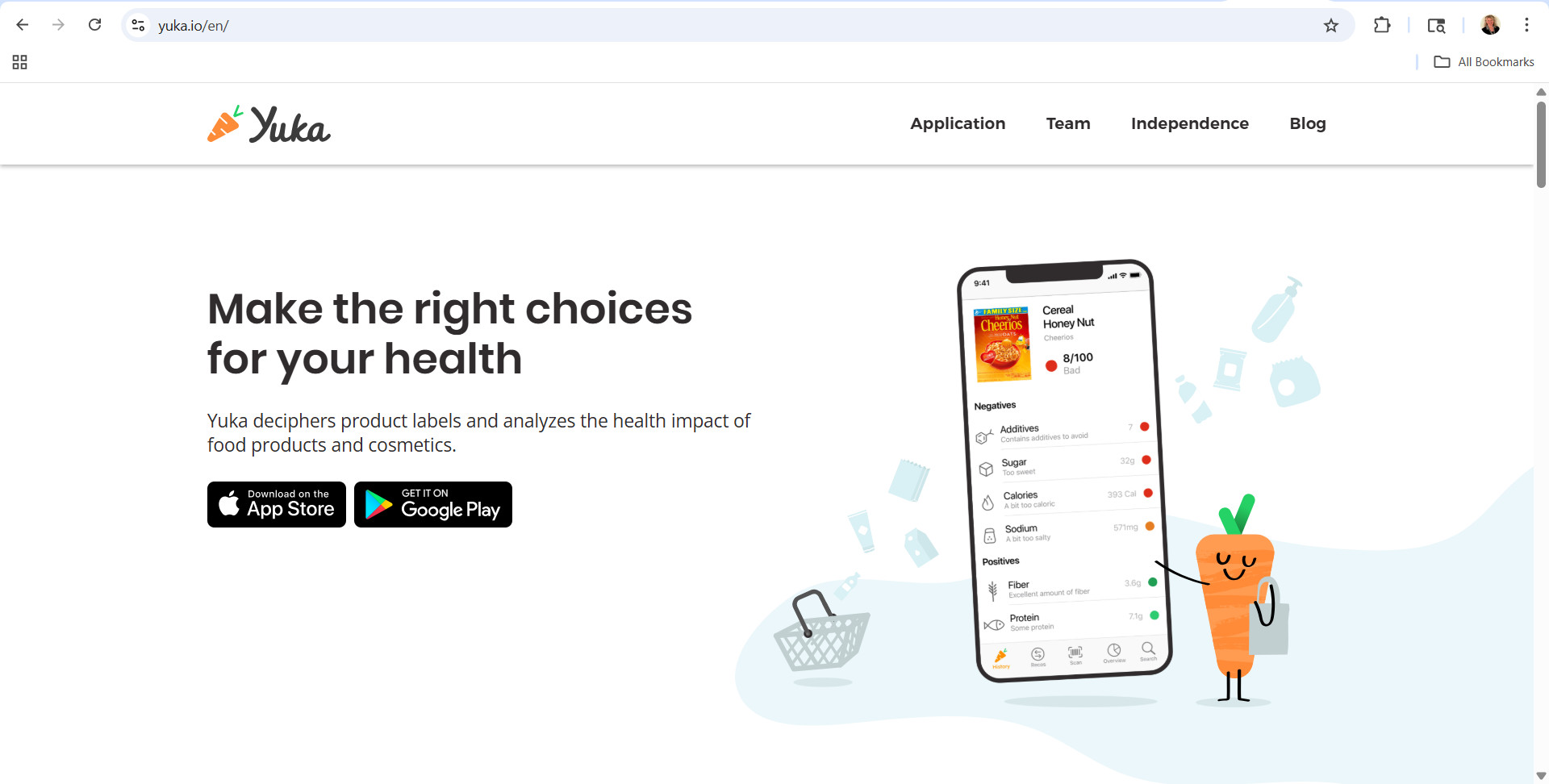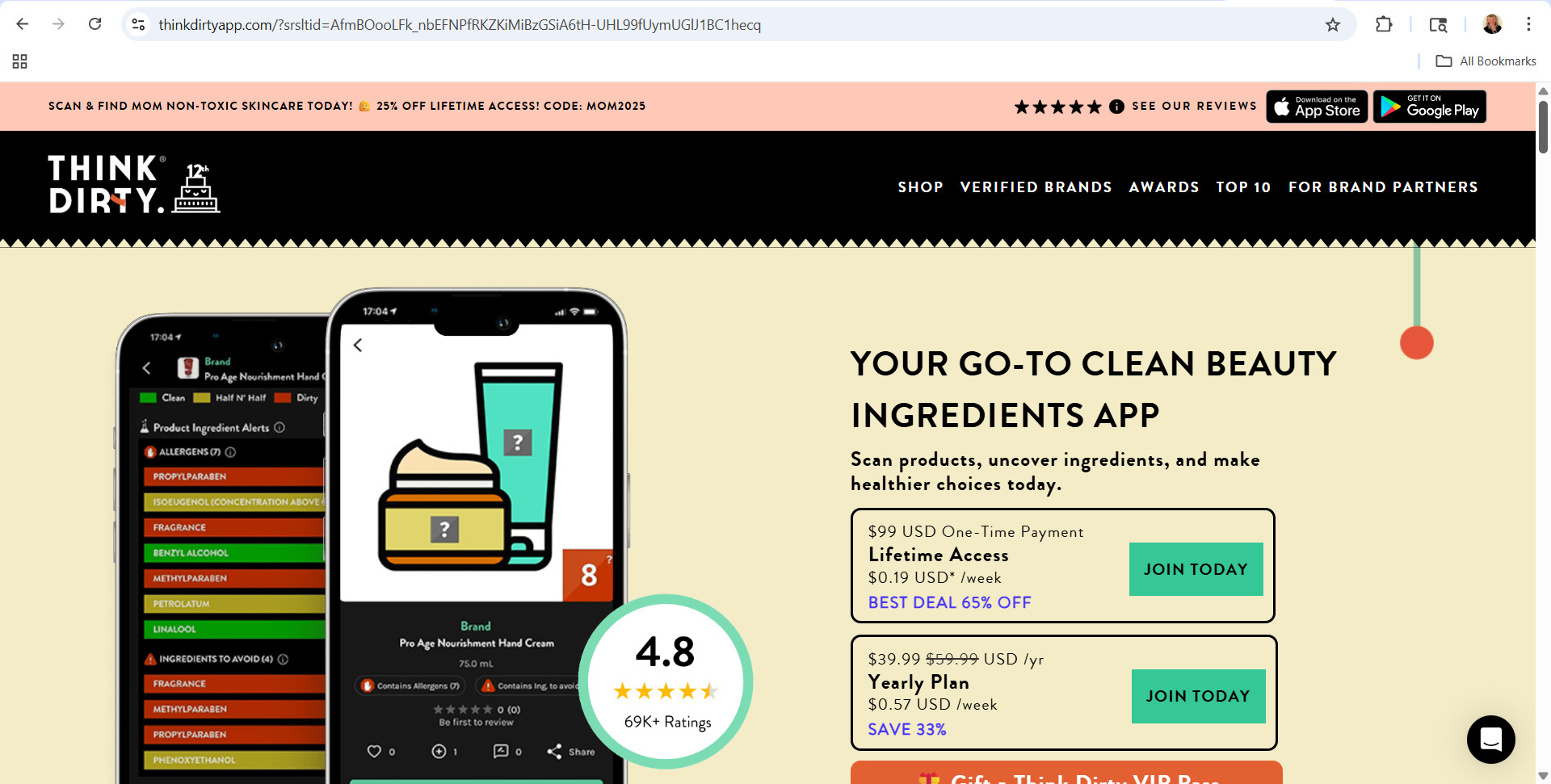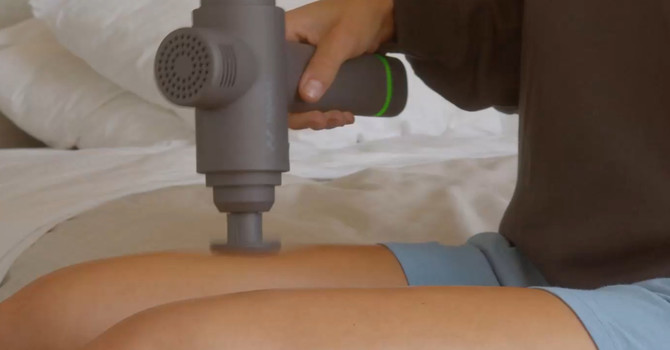What’s In Your Products?
Anyone following the news lately is aware of the rising attention being directed toward synthetic pesticides, preservatives, and carcinogenic ingredients in many of our foods, household goods, and toiletries. I have a friend who has discovered she can eat products baked with flour as long as the flour is imported from other countries. This is likely because other countries ban the use of many harmful pesticides and genetically modified organisms (GMO), while these are still allowed in the US. The story of red dye number 3 illustrates this debacle. Evidence that this dye was linked to cancer compelled the US Food & Drug Administration (FDA) to ban it from cosmetics and topical drugs back in 1990. Yet it was not banned from foods and ingested medications until January 2025, and manufacturers have until 2028 to comply. It’s worth noting that many products using this dye are not good for you anyway, largely due to sugars and preservatives.

Recently I was introduced to different sources of information dedicated to helping people learn more about products we use that may be harmful to us (thank you Rebecca and Katrina). These sources are accessible by phone and computer, and are non-biased, non-profits that exist solely to educate. When I downloaded the apps and began scanning many of the products in our bathroom and pantry, I was rather shocked and horrified. I ended up throwing away ALL the sunscreens we had, as well as many lotions and soaps. Other products that were not so unsafe I plan to use up, and then replace with healthier options. I am implementing changes as I can bit by bit so as to make it manageable and not become overwhelmed, and I encourage you to consider doing the same. Below are the sites I have been using.
Yuka (https://yuka.io/en/)
The Yuka app uses a score from 0 to 100 to rate food and cosmetic products, with higher scores indicating a healthier or safer product. This score is then translated into a color-coded rating system: green for good, yellow for moderate, and red for bad. The app also provides a breakdown of the score, explaining which ingredients contributed to the rating and offering suggestions for safer alternatives. Once you download the app to your phone, you can access the scanner that lets you scan the barcode of a product. Yuka then rates the product (assuming it’s in the database, which is extensive) and explains the reason behind the rating, such as too much sodium, preservatives, or sugar. The app is free, but I opted to pay $15 per year to be able to research a product I don’t have in hand, or if it doesn’t have a bar code. The last time I went grocery shopping I spent some extra time scanning labels to help me make better choices, or confirm the safety of products I was using. My beloved bacon came out bad no matter which brand I scanned, but I did switch to one that was less bad.

Environmental Working Group (EWG) (https://www.ewg.org/)
This organization has a lot of information and is big on advocacy and political action. The first time I went on the site I was able to access and use the product scanner, but since then I have had less consistent luck. Their website can also be tricky to navigate, and they have a lot of pop-up surveys and solicitations for funds which can be annoying. If you sign up for their email list you can get some handy resources, such as their guide to safe sunscreens as well as guidelines for safe drinking water. They also have a Shopper’s Guide to Pesticides in Produce which I like to refer to when I shop. They call the lists the Dirty Dozen and Clean Fifteen. It’s not that the foods on the Dirty Dozen list are bad (spinach, grapes, apples) but that it is more difficult to thoroughly remove the pesticides from these products. These items are ones that I consider buying organic. Yet sometimes an organic option is simply not available. It’s also good to consider that sometimes organic products may still be tainted by synthetic pesticides in the air or runoff. I’ve been trying to thoroughly soak and wash Dirty Dozen produce, but I’ll be honest and say it’s a pain. You can make solutions of saltwater or vinegar water (found on internet), soak the produce, then rinse it off. I soaked a batch of cherries in saltwater too long, rinsed them hard, and my poor husband informed me they still taste salty. Maybe I’ll try vinegar…..

Think Dirty (https://www.thinkdirtyapp.com/)
I am less familiar with this site as I use the prior mentioned ones more. But it seems like a good site and might serve as a backup for the others in the event they are down or you can’t find a product on them. It functions much like Yuka with a product scanner and search engine.

I’ll close with saying it doesn’t matter which side of the aisle you side with as this is not a political issue: it’s a health concern. Policing your products takes time, effort, and may cost more. But I would suggest it’s worth it. Don’t assume that a product that claims to be dermatologist recommended really is. Don’t assume that the US FDA has got your back. The Russian proverb of “Trust but Verify” is good advice and seems appropriate here.
Wishing You Health & Joy,
Colleen
References:
- https://www.fda.gov/industry/color-additives/fdc-red-no-3#:~:text=3,-color%20Additives&text=Color%20Additives%20History-,FD&C%20Red%20No.,ingredients%20when%20added%20to%20food.
- Blair, Aaron, et al. "Pesticides and human health." Occupational and environmental medicine 72.2 (2015): 81-82.
- https://www.usatoday.com/story/news/politics/2025/05/22/rfk-maha-commission-report-chronic-diseases/83768919007/
- Bora, Rinchi, et al. "Quantification Of Preservative In Toiletry Preparations And Its Safety Evaluation Through A Genotoxicity Approach." Int. J. Sci. Technol. Res. 9 (2020): 5596-5602.
- Gunawardena, Sanja. "Hazardous effects of cosmetics, perfumes and detergents." Vidurava 33 (2016): 18-24.





